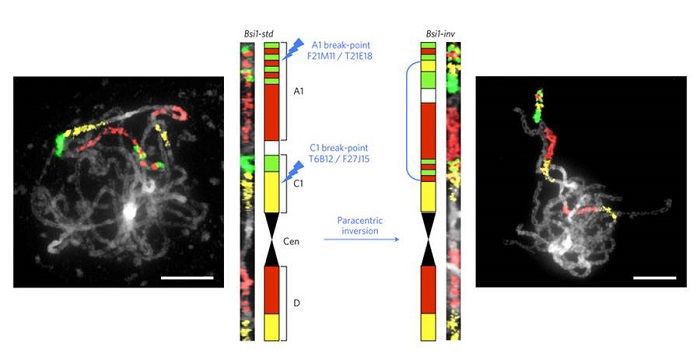
Young inversion with multiple linked QTLs under selection in a hybrid zone
Plant Science Research Weekly, Research0 Comments
/
Chromosomal inversions are chromosomal rearrangements that can span several Mb and have been described in several organisms from Drosophila to maize. Inversions suppress recombination and can favor local adaptation and speciation if they capture favorable alleles. It’s not clear though if favorable…

Brassica oilseeds transporter gene mutations decrease antinutritional glucosinolates
Plant Science Research Weekly, ResearchGlucosinolates are sulfur-containing defense compounds produced by brassica plants. Brassica napus (canola) is an important oilseed crop because a low-glucosinolate variety has been developed. Brassica juncea is more stress tolerant, but has not been developed as a crop due to its high levels of glucosinolates.…
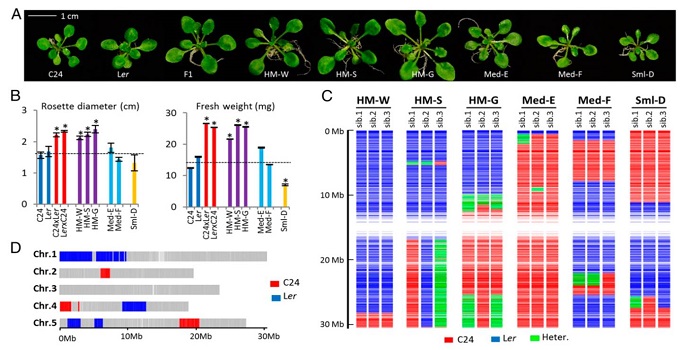
PIF4-controlled auxin pathway contributes to hybrid vigor in Arabidopsis thaliana
Plant Science Research Weekly, ResearchHybrid vigor is a well-known but still poorly understood phenomenon in which the F1 hybrid progeny of a cross often show enhanced growth as compared to either parent. True-breeding lines that retain this enhanced growth, known as hybrid mimics, have been developed and are important tools for understanding…
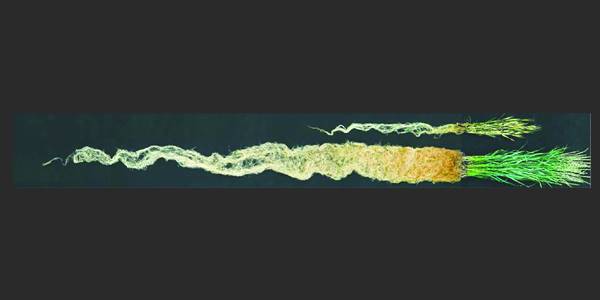
Review: Can modern agriculture be sustainable? Perennial polyculture holds promise
Plant Science Research Weekly, ResearchMost of our major food crops are annuals, started from seed each year and fully harvested to collect the seeds at the end of their short growing season. By contrast, perennial crops are longer lived, and only partially harvested, so their biomass can increase from year to year. The larger root system…
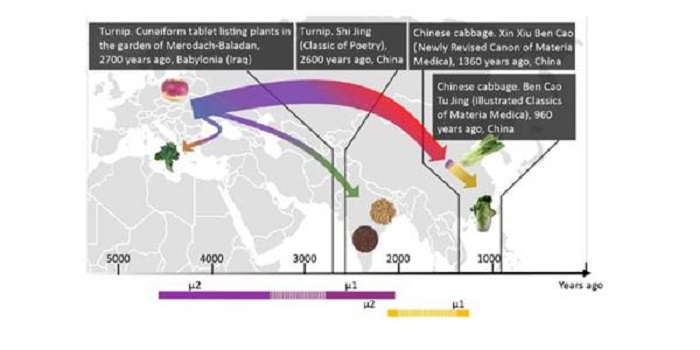
Genomic inferences of domestication events are corroborated by written records in Brassica rapa ($)
Plant Science Research Weekly, ResearchThere are many subspecies of Brassica rapa [including turnip (subsp. rapa) pak choi (subsp. chinensis) and Chinese cabbage (subsp. pekinensis)] but the relationships between the subspecies has remained uncertain. Qi et al. sequenced 143 accessions, including some subspecies for the first time. They then…
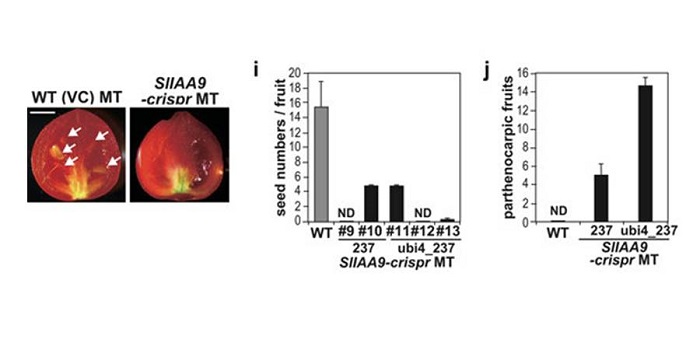
Rapid breeding of parthenocarpic tomato plants using CRISPR/Cas9
Plant Science Research Weekly, ResearchMost fruits form after pollination, making their production vulnerable to pollinator presence. Parthenocarpy is the development of fruit that occurs in the absence of pollination. Genes that enable parthenocarpy have been identified, including a tomato gene involved in auxin responses SlIAA9. Ueta et…
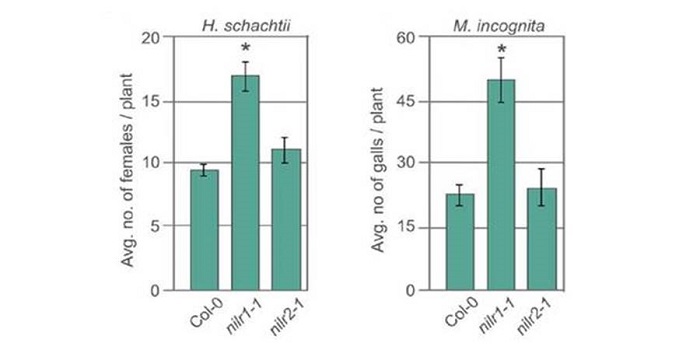
Arabidopsis leucine-rich repeat receptor-like kinase NILR1 is required for induction of innate immunity to parasitic nematodes
Plant Science Research Weekly, ResearchPlant parasitic nematodes, including root-knot nematodes and cyst nematodes, cause extensive damage and loss to many crops. Nematodes elicit a pathogen-triggered immunity (PTI) defense response, but the molecular basis for this response has not been previously characterized. Mendy et al. identified a…
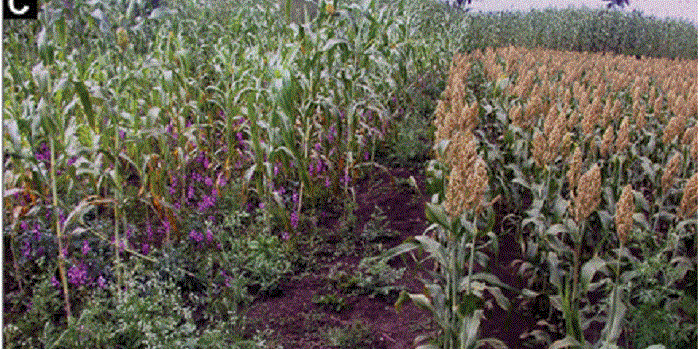
Mutation in sorghum LOW GERMINATION STIMULANT 1 alters strigolactones and causes Striga resistance
Plant Science Research Weekly, ResearchStrigolactones are both hormones that control shoot architecture and signals that promote interactions with arbuscular mycorrhizal fungi and promote germination of detrimental parasitic weeds such as Striga asiatica and Striga hermonthica. Gobena et al. mapped and cloned a sorghum gene, LOW GERMINATION…
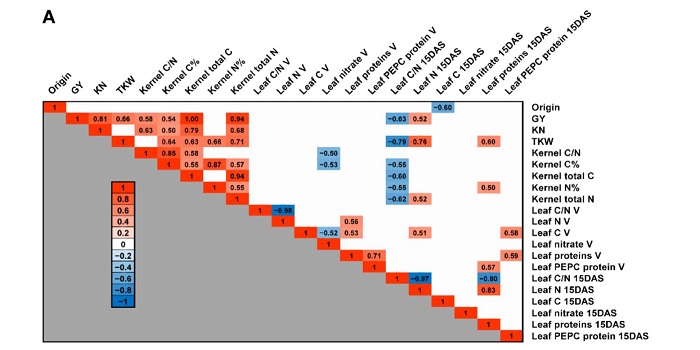
Exploiting maize genetic diversity: Metabolomic, enzyme activity profiling, and metabolic modelling to link leaf physiology to kernel yield ($)
Plant Science Research Weekly, ResearchThe path from genome to phenome is difficult to predict. Cañas et al. tried to identify biochemical markers that are correlated with kernel yield that could be selected for in breeding. Specifically, they collected data from metabolomics, enzyme activity assays and metabolic modeling, taken during the…

